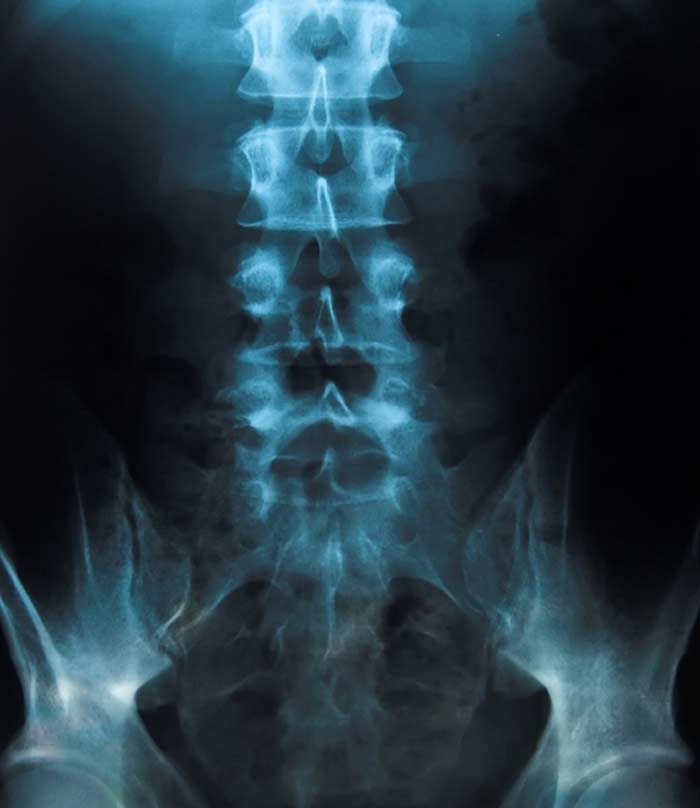
The sacroiliac (SI) joints are connected to a triangular-shaped bone in the lower part of the spine.
These joints are supported by strong ligaments and muscles that sometimes become inflamed. Other times, one or both of the SI joints is damaged in some way. Any type of irritation or dysfunction affecting these joints can contribute to sciatica symptoms or lower back pain.
In order to determine if these joints are the source of the experienced discomfort, a sacroiliac (SI) joint injection may be given. These injections can also be given for therapeutic purposes.
Making a Diagnosis with SI Joint Injections
Sacroiliac joint injections are sometimes given for both diagnostic and therapeutic purposes at the same time. There are also times when injections are used only to make a positive diagnosis. When done for this purpose, a local anesthetic is used to numb the joint. A fluoroscopy (live X-ray) is used to guide the needle to ensure proper placement. Following the injection of X-ray dye, the numbing medication is then injected into the joint.
If 75 to 80 percent pain relief is experienced, a tentative diagnosis of SI joint dysfunction is usually made. A positive diagnosis is made if a second injection produces similar results. The follow-up injection usually includes a different type of numbing medication. In some situations, a lateral branch block may be performed to make an SI joint dysfunction, especially if the purpose is to see if a patient may be a candidate for radiofrequency nerve ablation, a procedure that may provide long-term relief.


Relieving Pain with Sacroiliac Joint Injections
If a positive diagnosis of sacroiliac joint dysfunction is made, then injections may be given for therapeutic purposes. The same steps used for the diagnostic SI injection process are then taken. The only difference is that an anti-inflammatory medication, usually a corticosteroid, is used to provide longer-lasting relief. If prolonged relief is experienced, patients are often encouraged to consider complementary treatments for SI joint dysfunction, including:
- Therapeutic exercises and techniques
- Postural exercises to improve lower back/spine posture
- Knee-to-chest stretches and similar exercises to help strengthen supporting muscles
Preparing for Sacroiliac Joint Injections
Before SI joint injections are recommended, patients usually undergo a thorough physical examination and image testing. Injections are likely to become an option if SI Joint dysfunction is the suspected source of a patient’s symptoms. Some doctors prefer to give other non-surgical pain relief methods a try first before recommending injections.
After the sacroiliac joint injection is complete, patients are usually observed for about half an hour. Patients are normally advised to drink plenty of water to flush the dye used for the fluoroscopy out of their system. Following the procedure, SI joint pain sufferers may also be asked to perform certain movements that normally trigger their pain to get a better idea of how much pain relief is experienced based on self-assessments of discomfort levels. Risks associated with SI joint injections are generally considered minor.
